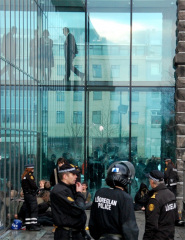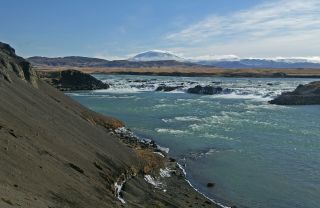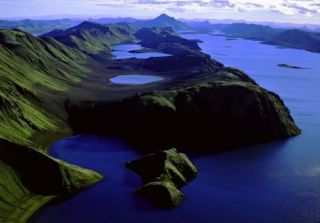Oct 18 2011
7 Comments
No Smelter in Húsavík! – Energy Crisis Force Alcoa to Withdraw
After a six years process Alcoa in Iceland has withdrawn its plans to build a 250 thousand ton aluminium smelter in Bakki, near Húsavík in the North of Iceland. It is now clear, according to the company, that the energy needed to run the proposed smelter will not be provided and, even if it could be provided, the company finds the price too high. Tómas Már Sigurðsson, the director of Alcoa in Iceland, announced this yesterday on a meeting in Húsavík, marking a milestone in the struggle against the aluminium industry’s further development in Iceland.
As from 2005 Alcoa, along with national energy company Landsvirkjun, Húsavík’s authorities and – to begin with – the Icelandic authorities, has been working on the project, which would have required at least 400 MW of energy, produced by harnessing geothermal areas and glacial rivers in the North. In 2008 a Memorandum of Understanding (MOU) between Landsvirkjun and Alcoa expired, and a year later the same happened concerning a MOU between the aluminium producer and the Icelandic government, the latter not willing to renew it.
Since then Landsvirkjun has signed a few other MOUs, regarding geothermal energy commerce, with possible buyers such as data centres and silicon factories, in some ways meeting with a popular demand for less destructive and more “green” use of the geothermal energy. Regardless of what one finds about the alleged “greenness” of such enterprises this development has inevitably raised the question if Landsvirkjun would be able to feed both Alcoa’s planned smelter and at the same time these smaller, less energy intensive factories. Read More







